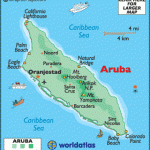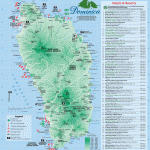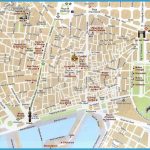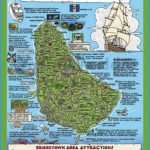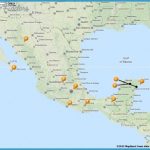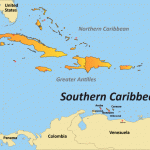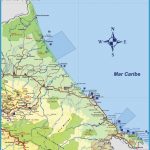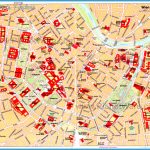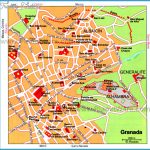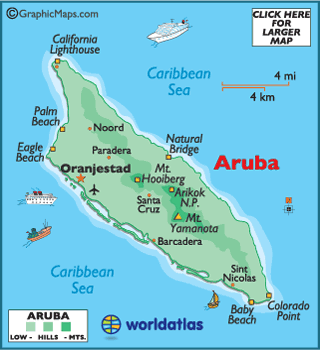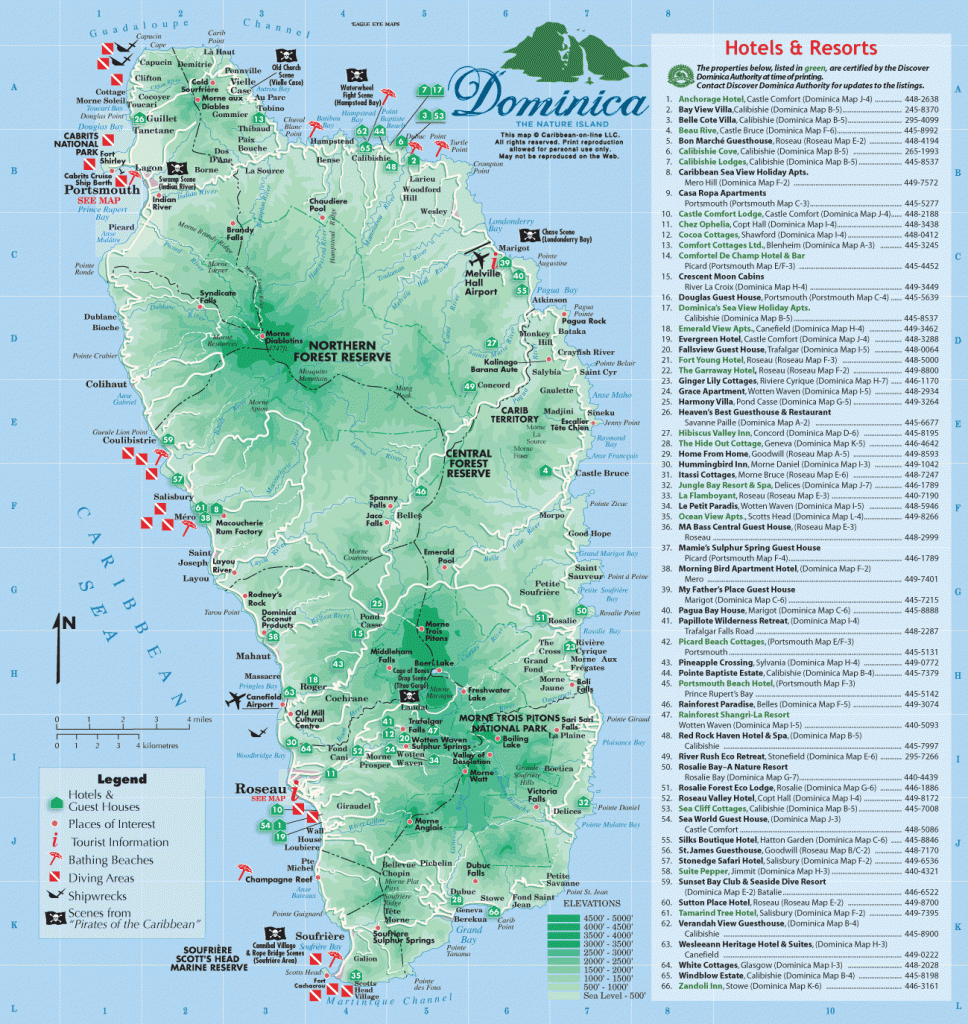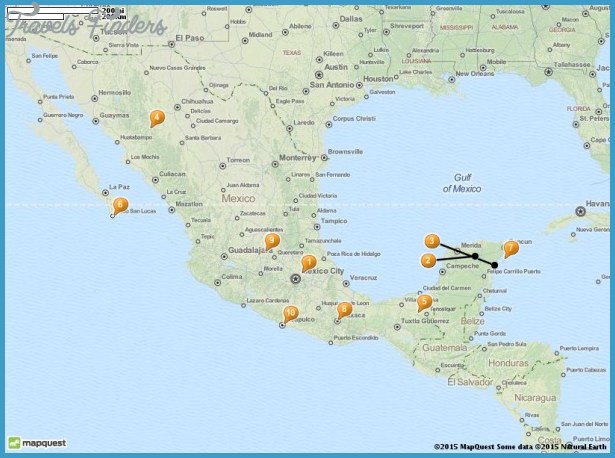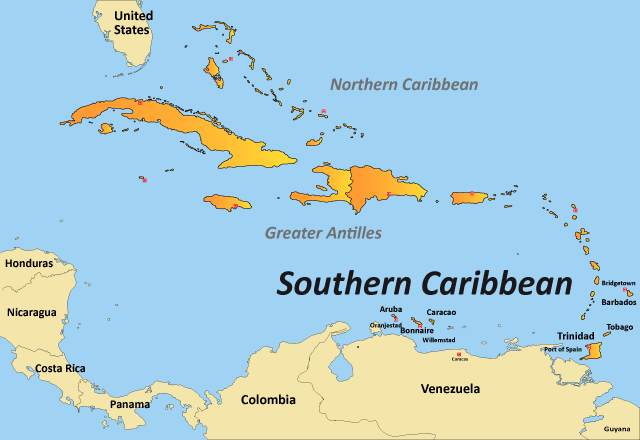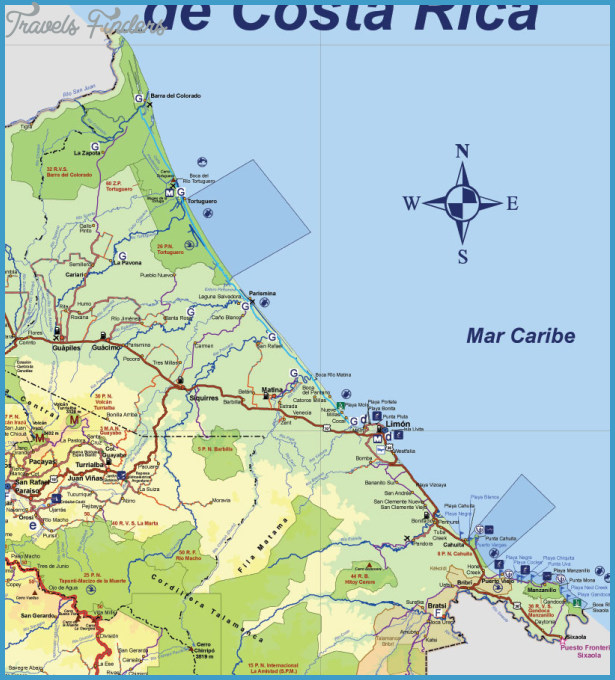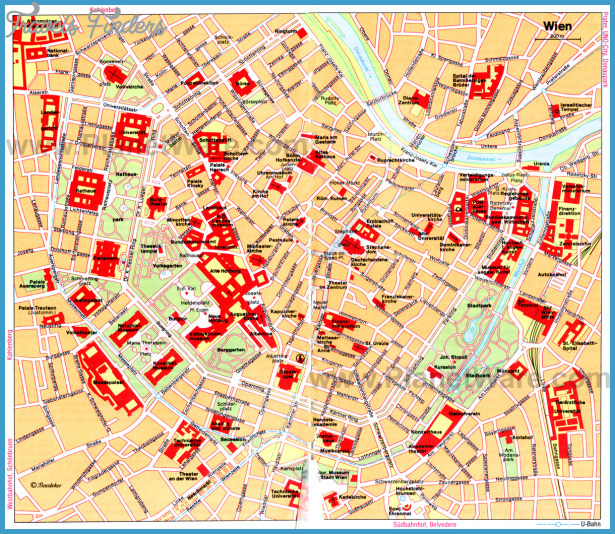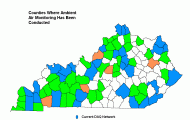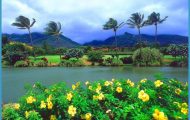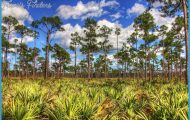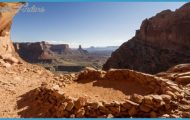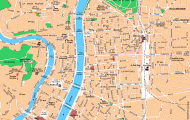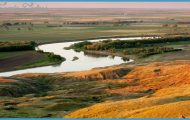EFFECTS OF GEOGRAPHY AND TOPOGRAPHY
Climate and topography favor tourism in most of the Caribbean. A general pattern of sunshine, easterly breezes, and puffy cumulus clouds prevails. Rainy seasons and the hurricane season in the fall mar the otherwise equable climate of most of the Caribbean Basin. December through April brings sunny weather; June, July, and August are usually quite pleasant, while May, September, October, and November more often are wet and humid. Temperatures rarely fall below seventy degrees or rise above ninety degrees in most of the sea level areas. Humidity rises during the rainy season, as would be expected. Tradewinds blowing from the east vary from about five to twenty knots, slowing noticeably during the rainy season.
Because of the constant wind direction, most islands have a windward and a leeward side, the windward side more likely to be lush while the leeward side is drier, especially if mountains are present to force the air up and cool it, precipitating rain. Almost all of the tourist destinations within the Caribbean are associated with beach front; the few mountain resorts are small and experience low occupancy. Old fortresses, left over from the days when European nations fought over the islands, are tourist attractions. The best known is El Morro, which guards the entrance to Havana. The mountains in the Caribbean mean rain, and on a mountainous island like Dominica where there is a plethora of rain and absence of white sandy beaches, the outlook for tourism on a large scale is bleak.
Flat, small islands in the Caribbean like Curacao, Bonaire, and Aruba experience a scarcity of water. Annual average precipitation is only twenty-two inches or less. One of the problems in establishing Caneel Bay Plantation on the relatively small island of St. John in the U.S. Virgin Islands was the scarcity of water. Water has to be barged in from Puerto Rico, a considerable distance, both to Caneel Bay Plantation on St. John and to the Rock resort Little Dix Bay on Virgin Gorda in the British Virgin Islands. Solar distillation has as yet not been economically practical.
The availability of relatively large amounts of water for guest use is a major consideration on the smaller islands, as the owners of resorts on their own private islands of Petite St. Vincent and Mustique in the Grenadines have found. On the larger islands, or the smaller ones with mountains, rainfall may vary sharply from point to point. Mount Dia-blotin on Dominica, for example, receives about three hundred inches of rain a year, one of the highest rates in the world.
The origin of an island largely explains its rainfall: those volcanic islands with high peaks have rainfall. The larger islands also have rainfall, while the small ones, which are exposed reefs formed on the submarine shelf or from reef-capped lateral lava flows, have little rainfall. Where water is at a premium, the roofs of houses are often used as catch basins, draining into cisterns below the house. In St. Thomas, U.S. Virgin Islands, large expanses of mountainside are surfaced and used for the same purpose. Sea water distillation plants are in use in St. Thomas and Curacao. As technology is improved and the cost reduced, sea water distillation can be a boon to tourism in places with minimal water.
Technically, the Caribbean is a sea arm of the Atlantic Ocean bounded on the north and east by the West Indies, on the south by South America, and on the west by Central America. The Gulf of Mexico merges with it and lies to the north. Because the Bahamas are so similar in culture and climate they are included in what is called the Caribbean Region.
The West Indies mark the eastern border of the Caribbean and form an arc of islands stretching south from Cuba (but also include the Bahamas).
Named for the fierce Carib Indians who dominated the region until the coming of the Spaniards, the Caribbean once generated sugar fortunes based on slavery. Today sugar farming is not competitive on the hilly islands but is still produced in Cuba, Barbados, Jamaica, the Dominican Republic, and a few other islands. Tourism is the big business.

